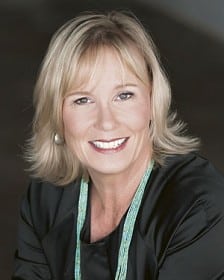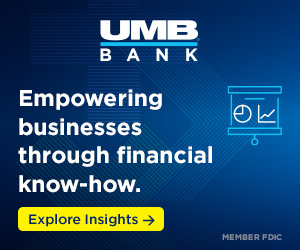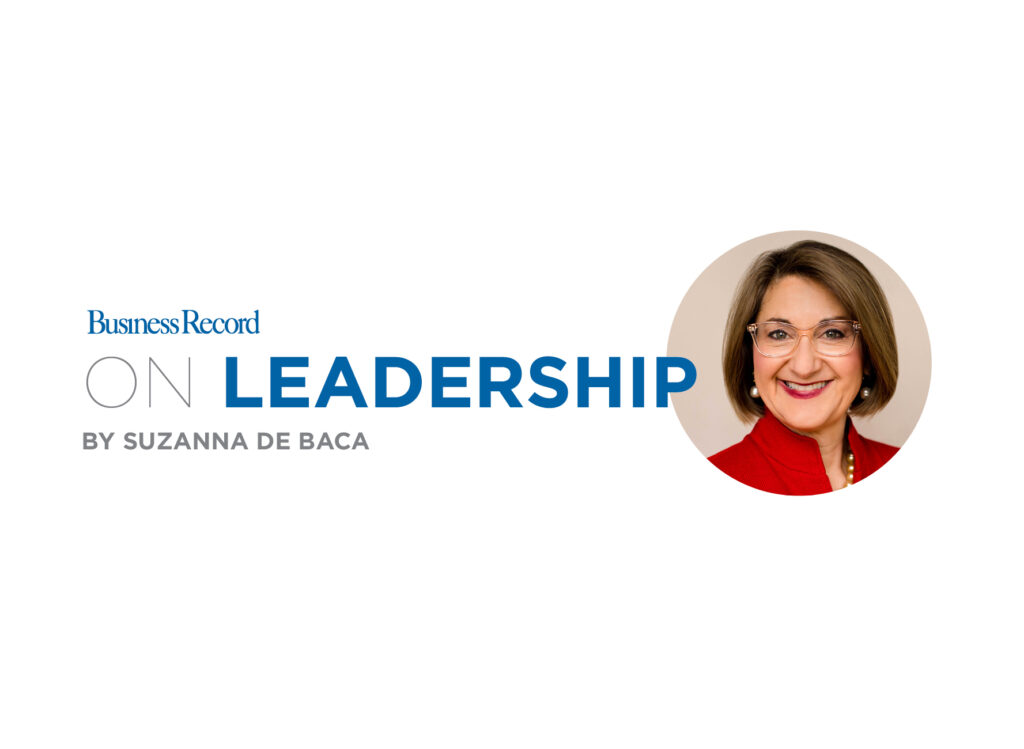GUEST OPINION: Gold medal lessons in leadership

Even though the summer Olympics are over for another four years, I still find myself reflecting on this summer’s many “Olympic moments.”
I particularly liked watching the interaction between the coaches and athletes. Together, they worked hard, showed dedication, sacrifice and resilience. They are in the “flow” — a concept made popular by Mihaly Csikszentmihalyi in his book “Flow: The Psychology of Optimal Experience.” When in the flow, people are willing to ignore fatigue and pain because they are intrinsically motivated to a point that they forget what they are doing.
When watching the coaches, it appeared there was a high level of trust, connectivity with their athletes and empathy with each performance. Their interactions reminded me of what should be taking place in workplaces between leaders and employees. Yet, according to a recent Gallup survey on American employees’ productivity, only 29 percent of employees were engaged or involved and enthusiastic about their job while 71 percent of full-time workers were “not engaged,” including 20 percent who were miserable or actively disengaged.
Jim Kouzes and Barry Posner have been studying leadership practices for 30 years and this is the 25th anniversary of their classic book “The Leadership Challenge: How to Make Extraordinary Things Happen in Organizations.” Their research, as well as the research of others, has supported the view that if people are going to do their best, they must be internally motivated. When it comes to excellence, it’s definitely not ‘what gets rewarded gets done’; it’s ‘what is rewarding gets done.’” They concluded people can never be paid enough to care about products, services, communities, families or even the bottom line.
How do people find satisfaction in efforts that don’t pay a lot in terms of money, options, perks or prestige? Extrinsic rewards certainly can’t explain these behaviors. Leaders have to tap into people’s hearts and minds, not merely contribute to their paycheck.
Frederick Herzberg’s theory on motivation also asserted that the most powerful motivator isn’t money; it’s the opportunity to learn, grow in responsibilities, contribute and be recognized. Though money and other external rewards are important in preventing dissatisfaction, research indicates they don’t motivate us to work harder.
How can leaders create an environment where people want to work? Because motivation comes from within, leaders need to focus on helping workers get in the “flow,” by creating an environment that includes:
• Trust: People prefer to work with leaders who are visible, have an interest in them, and clear obstacles for goal accomplishment rather than become the obstacle.
• Connections: This requires getting to know them so you can connect the organizational values with their life purpose. When employees feel part of a team, they are more likely to be intrinsically motivated.
• Engagement: Engaged employees drive customer value and organizational performance.
• Empathy: Empathy is the ability to feel what they feel. It is a critical component of being emotionally intelligent.
The way to engage employees is to focus on them, and to listen for their values, their joys and their disappointments. Liang Chow said it best in regard to coaching Gabby Douglas: “I am trying to help her to achieve her dreams, her ambitions. Every routine, we’re just one step closer.”
It was easy to see coaches demonstrate trust, connections, engagement and empathy during the Olympics.
Because employee engagement is dependent on leader engagement, how engaged are you?
Jann Freed, Ph.D., is a leadership development and change management consultant at The Genysys Group.







